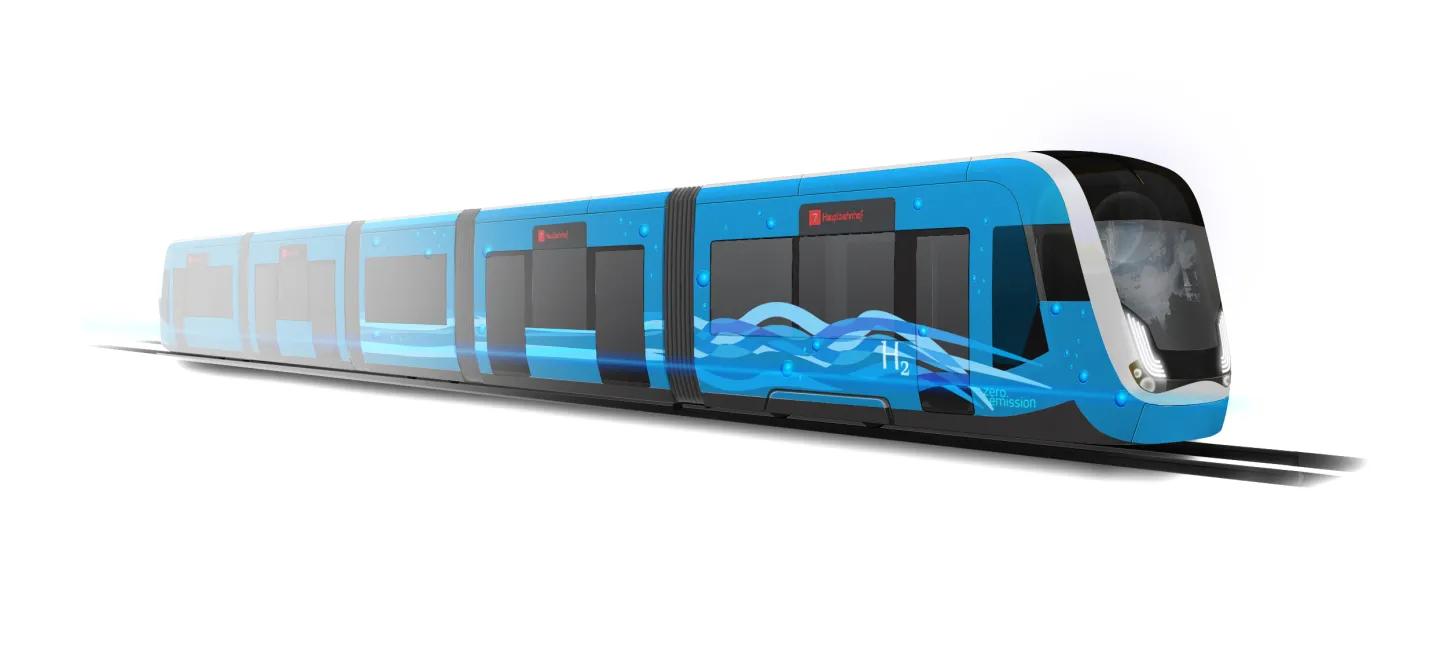HÖRMANN Vehicle Engineering involved in developing Europe’s first hydrogen tram
Chemnitz-based HÖRMANN Vehicle Engineering is working with Flexiva Automation & Robotik, also located in Chemnitz, and Leipzig company HeiterBlick GmbH on developing a one-of-a-kind innovation: Europe’s first tram powered by hydrogen fuel cells.
The project got under way when the German Federal Ministry of Transport and Digital Infrastructure (BMVI) approved the funding for it. The BMVI is providing a total of EUR 2.1 million in financing as part of NIP 2, a national innovation programme for hydrogen and fuel cell technology. The funding guidelines are being co-ordinated by NOW GmbH and implemented by Projektträger Jülich (PtJ).
Heiterblick will be unveiling its prototype for the tram powered by hydrogen fuel cells within the next four years. The innovative drive system will allow urban tram networks to cover new routes – ones in areas where reasons relating to city planning, traffic or environmental concerns mean that overhead lines are difficult or even impossible to use. This will make it much easier to reach new neighbourhoods and suburbs.
Hydrogen power to hit the rails soon
‘Federal climate policy means that every large city is going to have to find new ways of getting people around within a few years’ time. That will result in existing infrastructure reaching the limits of its capacity very quickly. Rapidly providing environmentally friendly public transport is going to require a rethink,’ explained Volkmar Vogel, vice-president of business development at HÖRMANN Vehicle Engineering.
That is why transport operators are increasingly planning new tram networks without overhead lines. One reason to get rid of this source of traction power is that without it, there is no need for catenary poles and guy wires, which are a disruptive presence in what would otherwise be clear sky. It is also possible to dispense with all the traction power cables (in both directions) and the electricity substations. Furthermore, there is no need for the extensive safety precautions required to protect users of the urban space from the risk of accidents caused by the overhead lines.
Because a tram powered by fuel cells needs little more than a track to run on, it is possible to optimise the planning and use of the public streetscape. There is no need for protracted approval processes and encroachment on the property of third parties. ‘This project is putting in place the prerequisites to allow the first practical example of an innovative fuel-cell tram in Europe to take to the track soon,’ said Frank Salzwedel, managing director of HÖRMANN Vehicle Engineering. He added, ‘Setting up and trialling components of a hydrogen-powered tram will enable both lab data and, later on, findings from the field to be gathered and analysed so that they can be incorporated into development for series production further down the line.’
